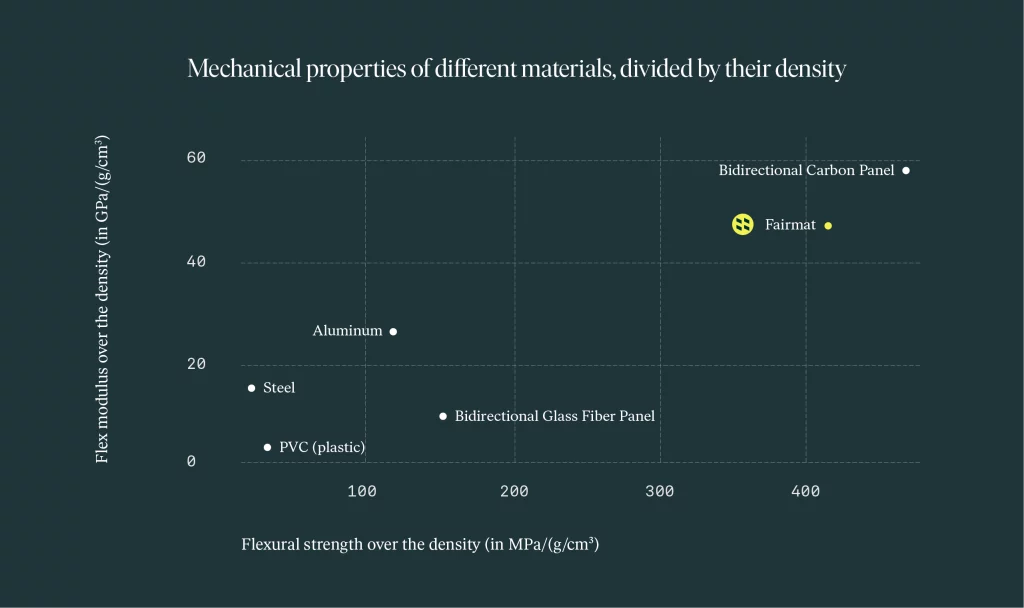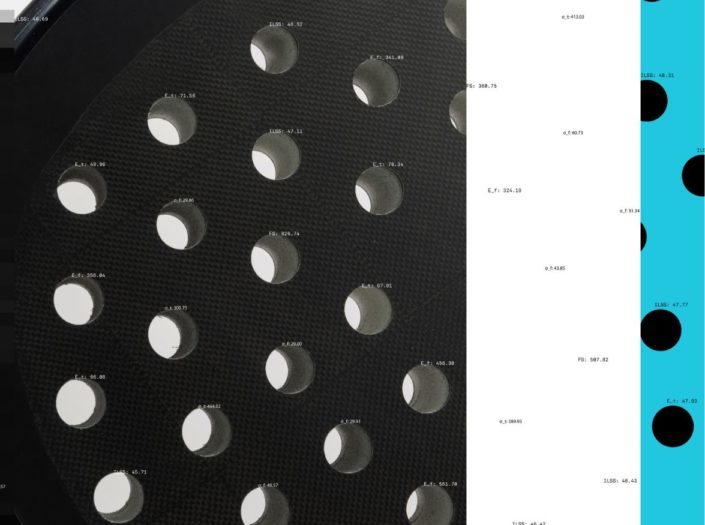
Second-generation
carbon fiber
We design and build high-performing, cost-effective products with CFRP Chips, our second-generation carbon fiber
Advanced recycled materials
With our advanced recycling technology, we produce CFRP chips, a second-generation carbon fiber that can be used in various consumer goods applications.
When powered by AI and robots, this second-generation material can be put into various structures to develop tailor-made parts and products.
- Sustainable
- High-performing
- Lightweight
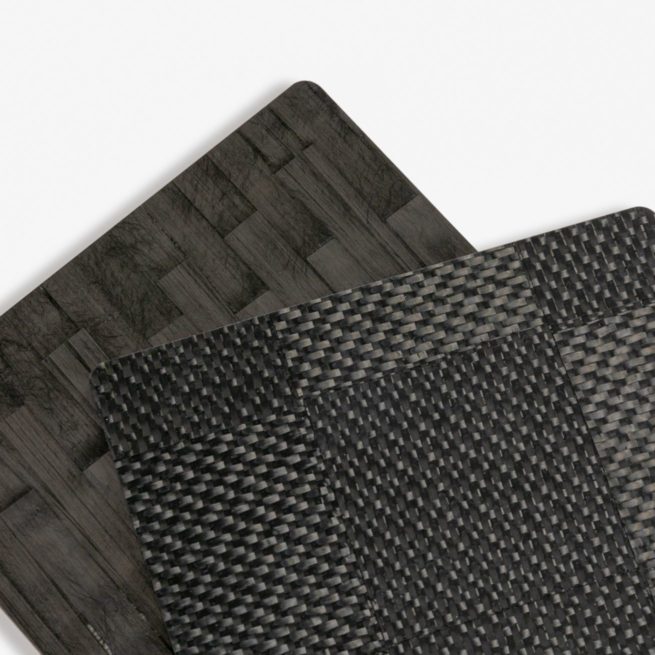
Fairmat CFRP Chips
Fairmat’s CFRP Chips, our second-generation carbon fiber, is a new kind of high performance composite made from 100% recycled content.
This sustainable material, powered by robots and AI, can be put into a variety of layouts and structures to customize the mechanical properties and maximize the performance of your products.
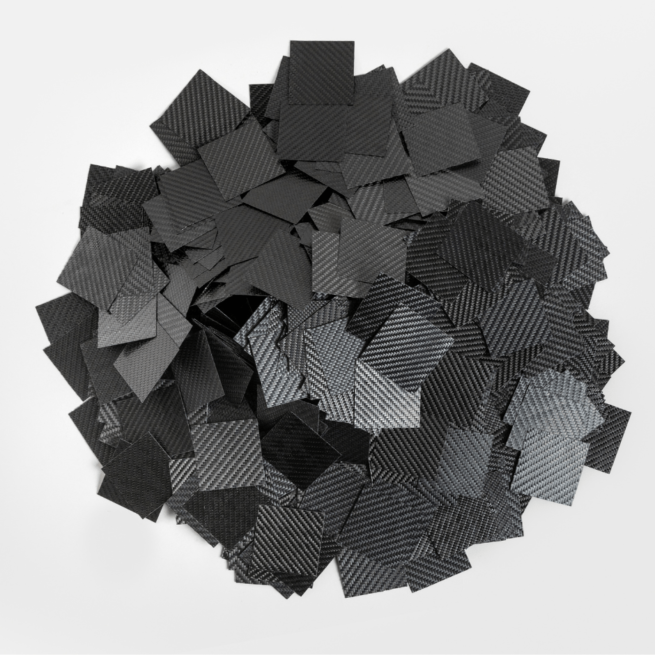
Suitable for a variety of industries
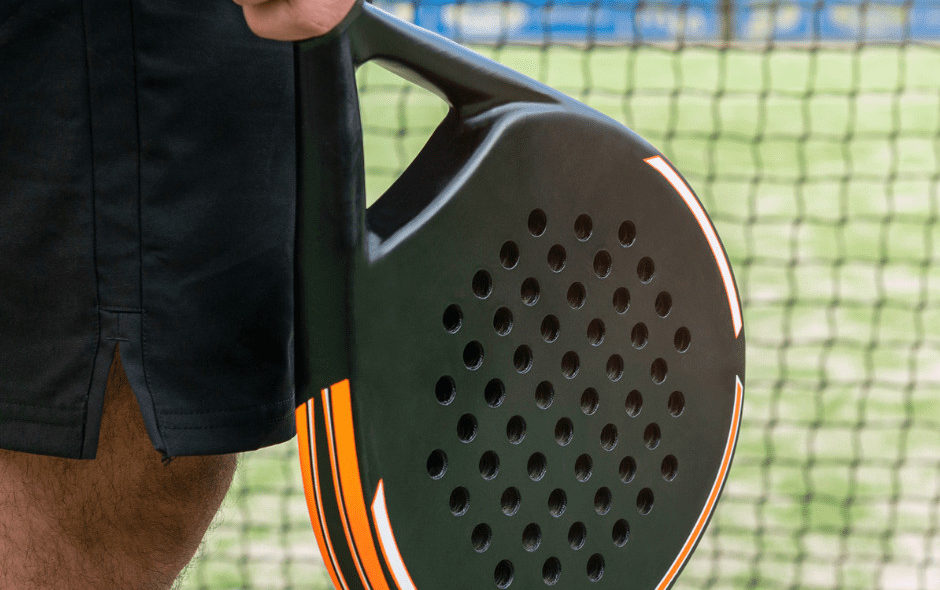
Our project with Decathlon, a leading European manufacturer of Padel rackets
“We are delighted to be working with Fairmat to develop the sports equipment of tomorrow. At Decathlon, we are committed to reducing the environmental impact of our products.”
Guillaume LENCLEN, Manager of the Composite BU at Decathlon



